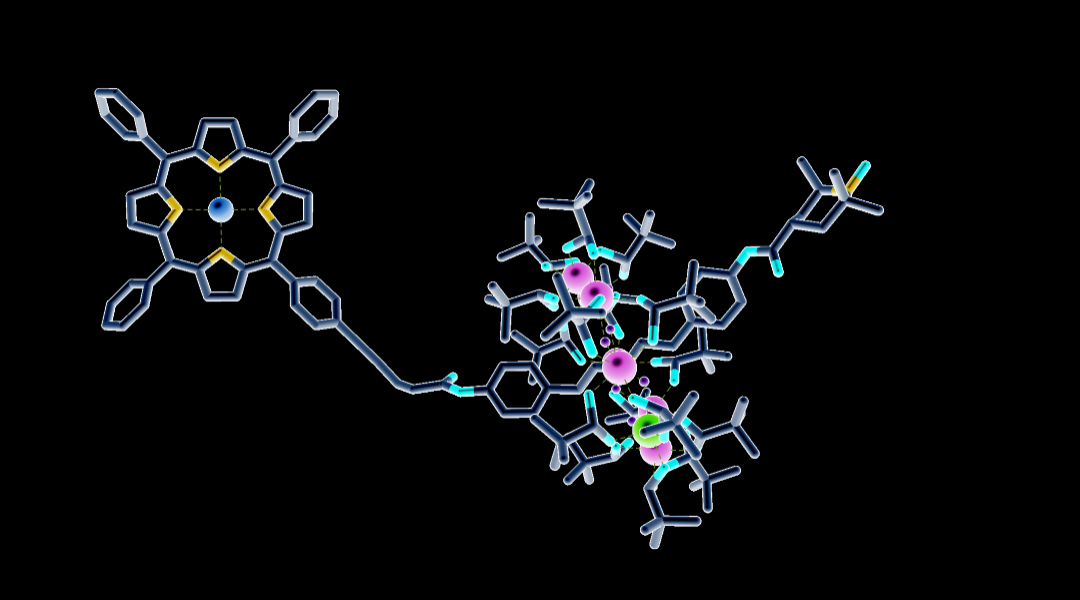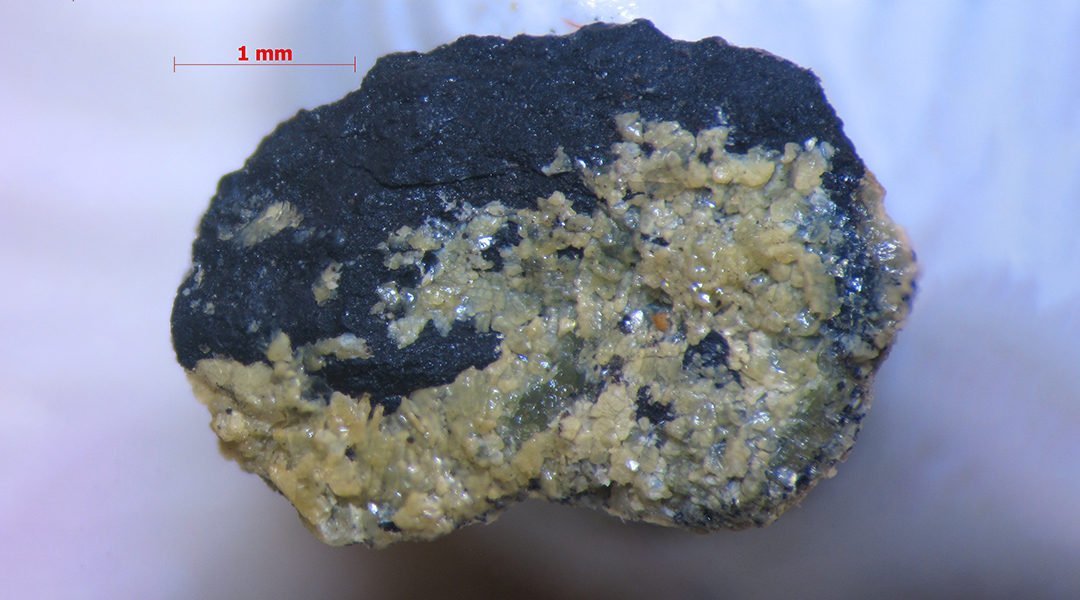The sulfate-free movement in beauty products has been gaining popularity, but this isn’t based in science, say experts.


The sulfate-free movement in beauty products has been gaining popularity, but this isn’t based in science, say experts.

Understanding room temperature superconductivity one step closer thanks to researchers looking at the effects of pressure.

An automated synthesis platform called Chemspeed reduces time and labor when searching for organic molecules as gain mediums in lasers.

To bring down the cost of a conventional reaction, researchers are turning to green chemistry and wine to provide the right conditions.

A molecular complex was built to contain three distinct qubits, offering an intriguing architecture for future quantum computers.

It was believed that MOFs were a purely synthetic construct, but discoveries of natural examples have shaken this perception.

Wouldn’t it be easier to watch a chemical reaction in realtime? NMR with integrated LED lights could make this more feasible.

3D-printed lithophanes are helping to democratize science by making data more shareable between sighted and blind scientists.

Getting around the high C-H bond dissociation energy in methane has been a challenge to making methanol from natural gas — until now.

An MOF filters methane, nitrogen, and carbon dioxide from natural gas with record-breaking selectivity under practical conditions.